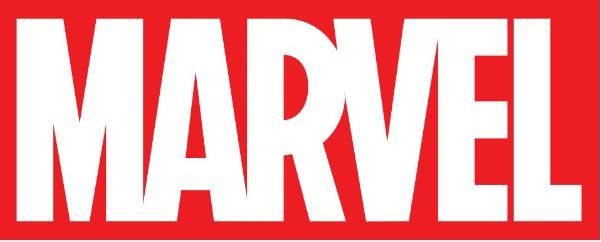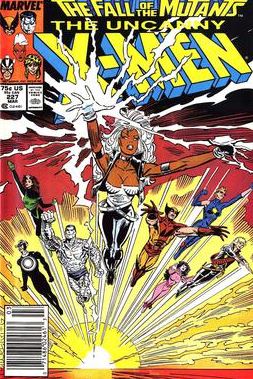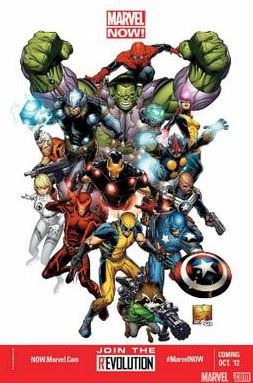The Marvel Universe is as deep as it is wide, with almost a half-worth century of comic books to pick from—even more, if you add the World War II-era adventures from the Golden Age. There are nearly endless stories to tell in this realm, from New York City’s back alleys to the farthest reaches of the cosmos.
And, if you want to delve a little deeper into this vast mythology, we’ve got you covered. Our article’s purpose is to help both new and old fans make sense of it all. These are the Marvel comics—must-haves for book lovers—from the beginning to the present.
Marvel’s First Comic Book
Martin Goodman, a pulp magazine publisher, developed the forerunner to Marvel Comics in 1939. Goodman founded Timely Comics to capitalize on the expanding popularity of comic books, particularly those starring superheroes. Marvel Comics #1 (cover-dated October 1939) was Timely’s debut comic book, including various superhero characters.
Marvel Comics #1, one of the most influential comics in history, was published 80 years ago. This publication acquired the company’s new name and marked the introduction of more than one (now fan-favorite) character; this 10-cent adventure promised to expose readers to the Human Torch, Masked Raider, Submariner, the Angel, and Ka-Zar!
Eras of Marvel Comic Books
From the Golden Age to the Fresh Start, here are the many Marvel comic book eras and the sequence you should read them.
The Golden Age (1939-1956)
In contrast with the remaining eras of the Marvel Universe, which are meant to take place in the recent past (heedless of their publication date), the Golden Age comic books are firmly set in and around the World War II era, with the majority of stories primarily concerned with the real-life events of the war itself.
There are several other key aspects to remember about this period, such as the fact that many works represent racial caricatures and sexist clichés that were prevalent at the time. Many of these novels are not even available to read online from official sources for these and other reasons, even though Marvel has published multiple Golden Age collections.
The Golden Age features the first canonical appearances of some of the most prominent characters in the Marvel Universe, including Captain America, Namor the Sub-Mariner, Bucky Barnes, and the original Human Torch.
The Silver Age (1961-1970)
The Marvel Universe was launched in 1961 with Fantastic Four #1. While the exploits of this cosmically endowed family laid the groundwork for the Marvel Universe, additional heroes soon emerged, including the gigantic Hulk, the size-changing Ant-Man, and the Norse God of legend known only as Thor.
The Bronze Age (1970-1985)
The Bronze Age begins with a sequence of seismic events that rattle the Marvel Universe and its inhabitants. This period will define several of these characters for years to come, from Thor’s struggles with larger-than-life antagonists like Mephisto and Mangog to the death of a vital role in young Peter Parker’s life and even farther to an epic, age-long war between the Skrull and Kree races.
The Modern Age Begins (1985-1997)
The Modern Age of comics is a phase in American superhero comic book history that began in 1985 and continues today. Many comic book icons were revamped throughout the first 15 years, independent comics proliferated, creators rose to prominence in the business, and major publishing firms grew more commercialized.
A thorough history is debatable because the historical span encompassing the Modern Age is not very well defined and, in some instances, disputed. Many elements from the Bronze Age of comic books would cross over into the Modern Age’s infancy.
Creators like Chris Claremont (Iron Fist and Uncanny X-Men), John Byrne (Alpha Flight and Fantastic Four), and Frank Miller (Daredevil) would see their work come to fulfillment in the Bronze Age. Still, their influence would be cemented well into the Modern Age. The Uncanny X-Men is the most vivid illustration of this impact, as Bronze Age characters like Sabretooth and Wolverine would significantly impact the Marvel Universe in the 80s and beyond.
Heroes Relaunched (1997-2004)
Many of Earth’s best heroes have mysteriously disappeared and are assumed dead in the aftermath of the terrible and horrifying Onslaught tragedy. When new groups such as the Thunderbolts enter the scene, what appears as a tragedy becomes an opportunity for others.
Meanwhile, the Fantastic Four and the Avengers have gone after their battle with the Onslaught. Yet, here they are, living and well in a strange yet familiar universe. Relive the origins of the Fantastic Four, Iron Man, Captain America, and the other Avengers.
Marvel Disassembled (2004-2012)
The Avengers Disassembled affair in 2004 marked the start of the modern era of large crossover events. This era of the Marvel Universe has some of the most significant events and the most convoluted reading orders. The Young Avengers, House of M, Civil War, New Avengers, and Heroic Age are all part of the Marvel disassembled era.
Marvel NOW! (2012-2015)
Marvel NOW! is a comic branding for the relaunch of numerous current Marvel Comics comic books, which launched in October 2012 with fresh #1 issues. All-New X-Men and Uncanny Avengers were among the new titles included in the relaunch. After completing the “Avengers vs. X-Men” storyline, Marvel NOW! required modifications to both the publishing format and the universe to attract new readers.
All-New All-Different Marvel (2015-2018)
All-New All-Different Marvel (ANADM) is Marvel Books’ whole main line of comics from 2015 to 2019. It covers the new Marvel Universe, with almost 60–65 titles reissued with first issues, for a total of 76 issues. It takes place after the crossover narrative “Secret Wars.” Marvel Legacy and Marvel NOW! 2.0 are running concurrently.
Fresh Start (2018-Current)
Following Marvel Legacy, Fresh Start is a 2018 reboot of comic book publications. The relaunch featured the return of Odinson, Tony Stark, Logan, Steve Rogers, and Bruce Banner to their classic identities as Thor, Iron Man, Wolverine, Captain America, and Hulk, respectively, after all of these characters had been replaced in recent years by legacy heroes.
If you have a habit of collecting Marvel comic books, these creative ways of storing books can help you safe-keep them.




